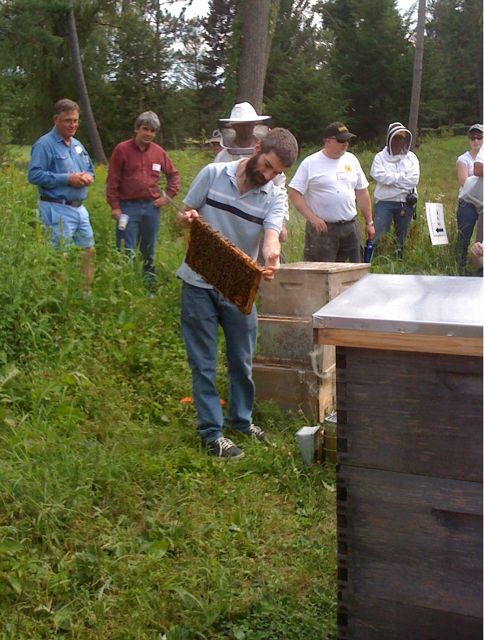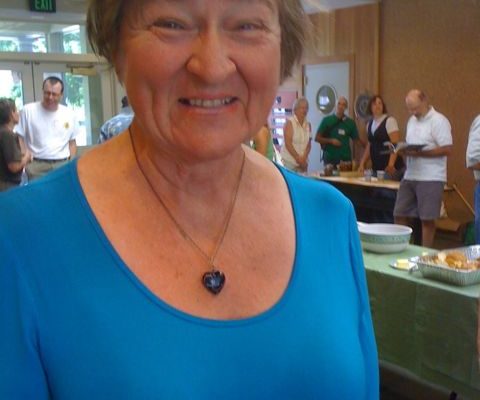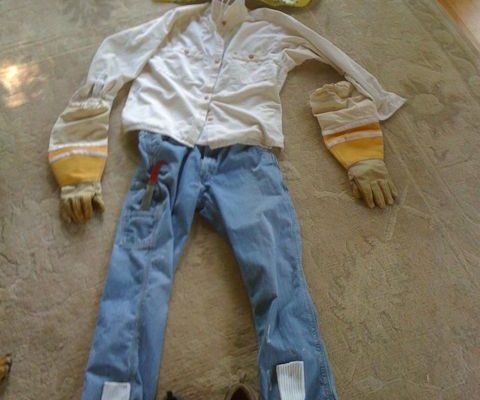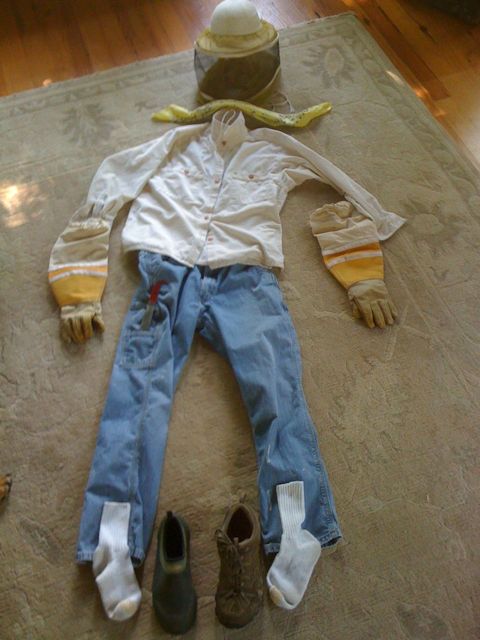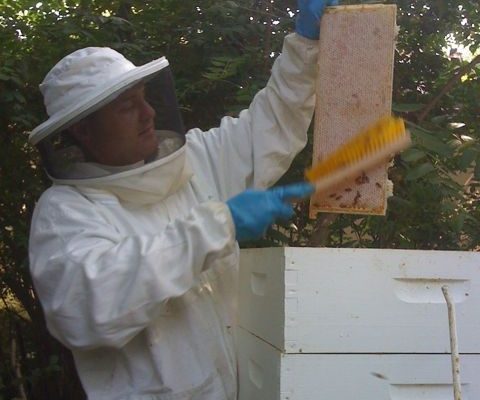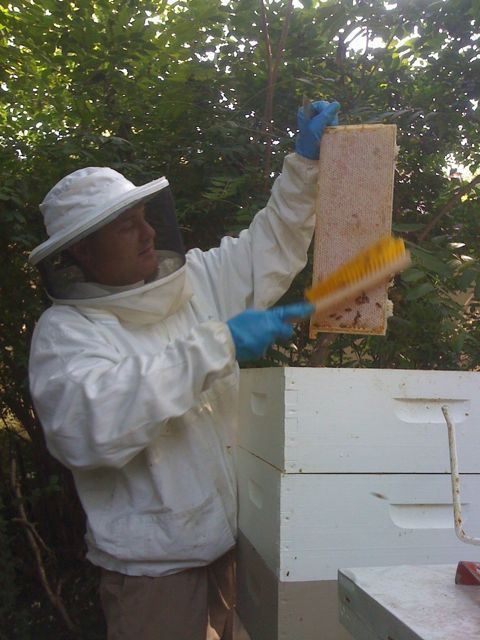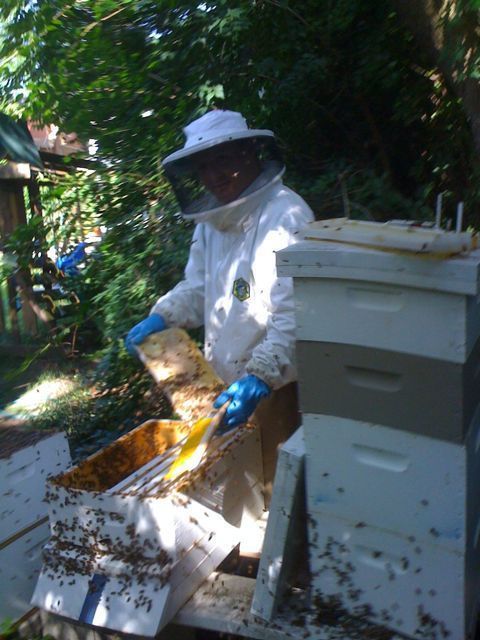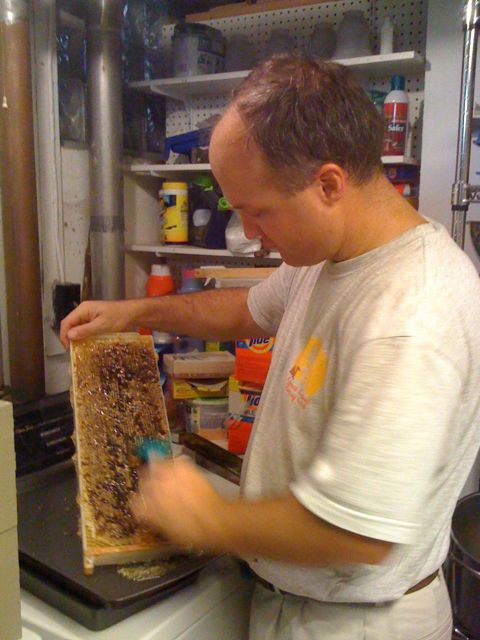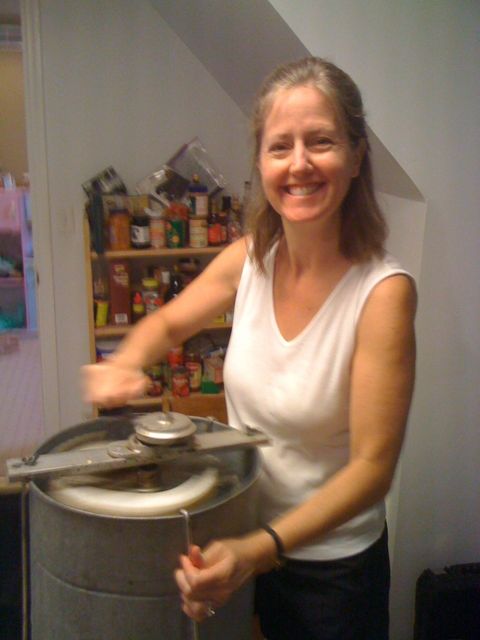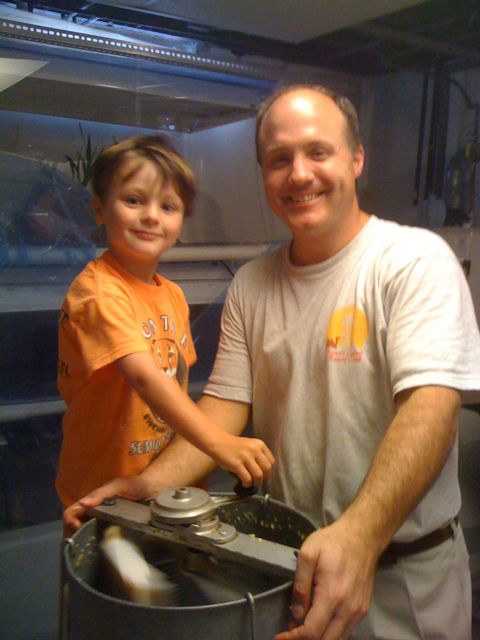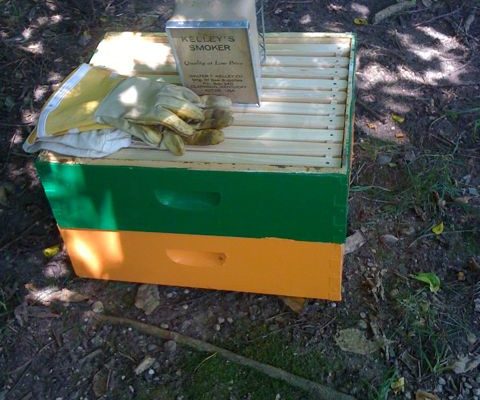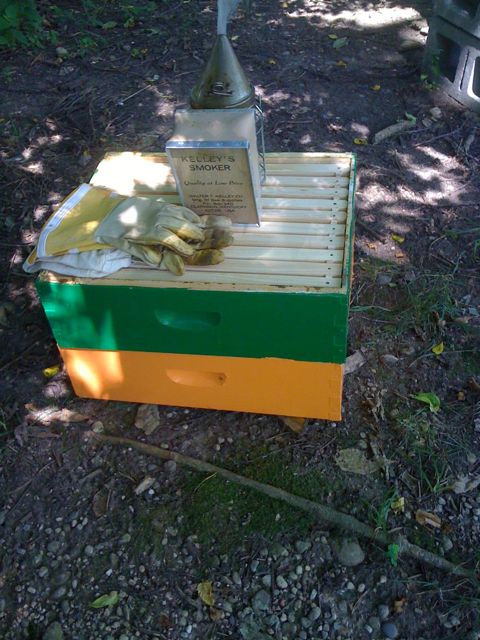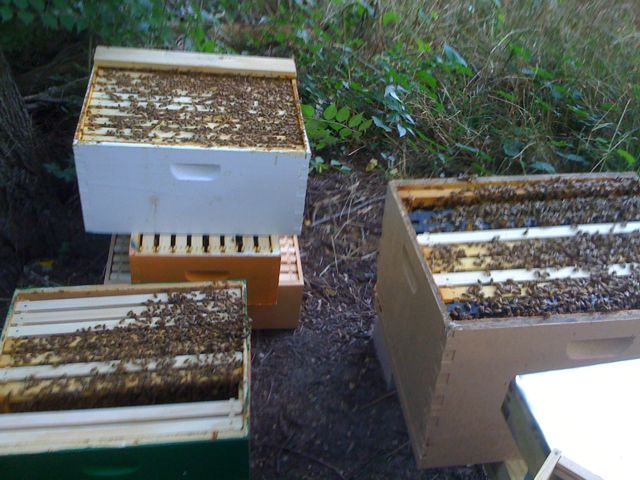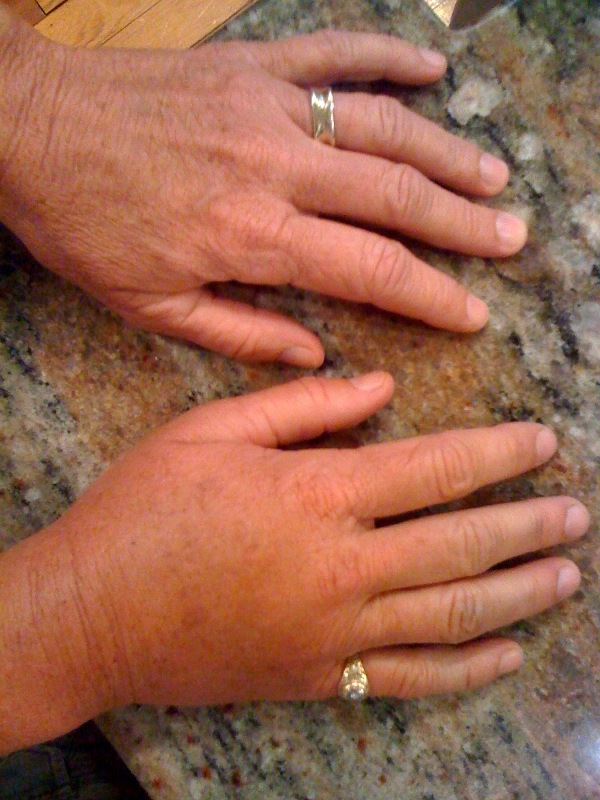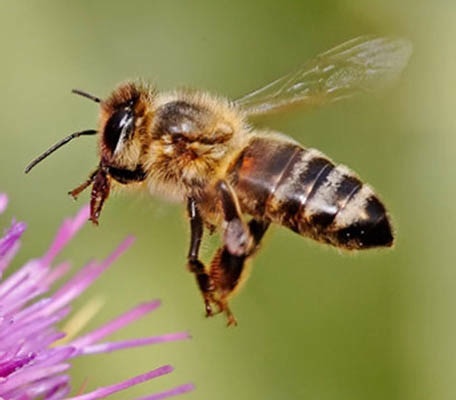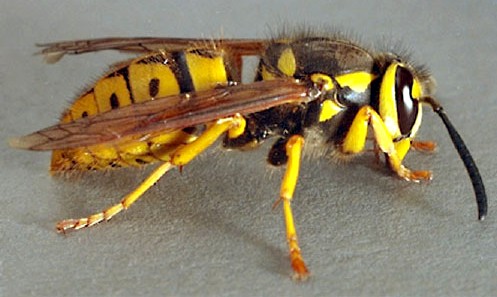Sometime during the day yesterday, I got bored. Maybe because 13 hours of anything just wears me out…I’ve been slipping away from the conference. I slip out of the room and outside to the sun. I take long walks in the woods. I slip into the car and drive to the hotel for a nap. I slip back into the room but feel as if I’ve not missed much.
I do like these people, but as you know, Reader, I get tired of all people…even those I like.
I like this person a lot. She’s smart and strong and riles people up—government people…scientists…that kind of people.
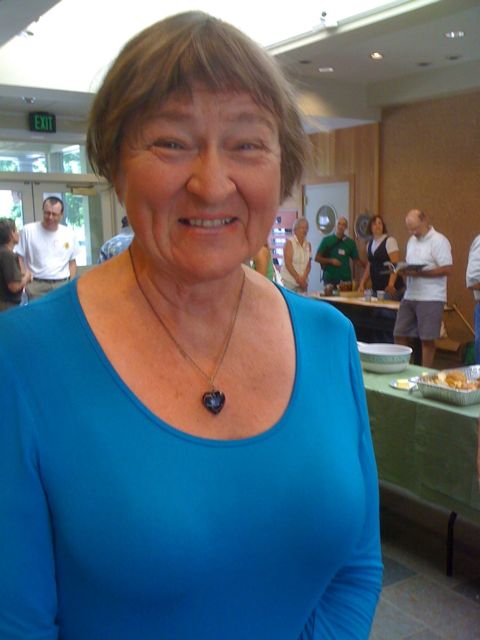
And Kirk Webster is one of the most gentle, thoughtful, and understatedly intelligent people I’ve met in a long long time. I sort of want to be like him.
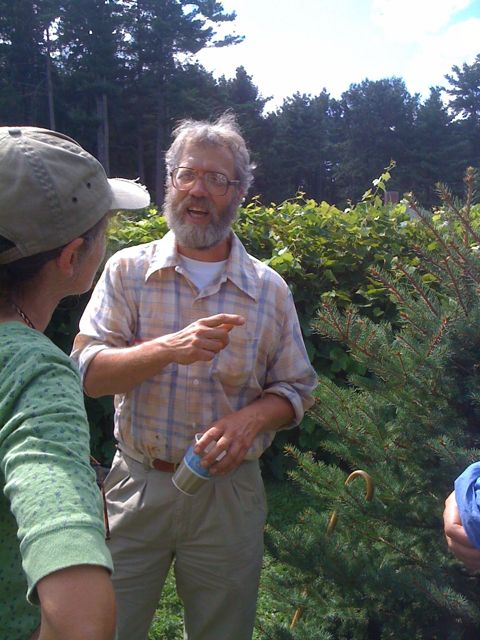
Sam Comfort is “living the dream.” Words hardly describe him. Once I get to know him better, I’ll tell you more about him. You’ll like him.
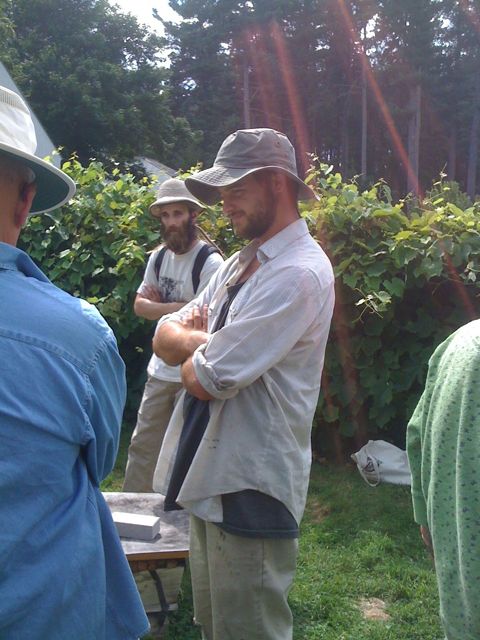
This is a home-fashioned top-bar hive. I think I’ll make one over the winter. You can buy them commercially made, but they won’t look this cool.
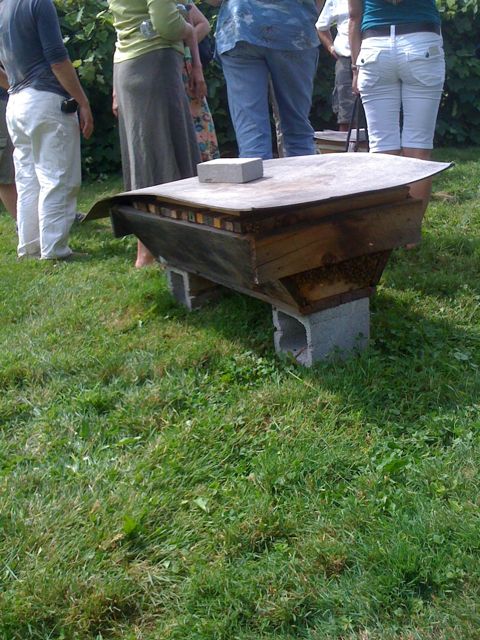
Dean Stiglitz blows me away. I think he’s simply brilliant. I could listen to him teach all day long without slipping out for a break.
